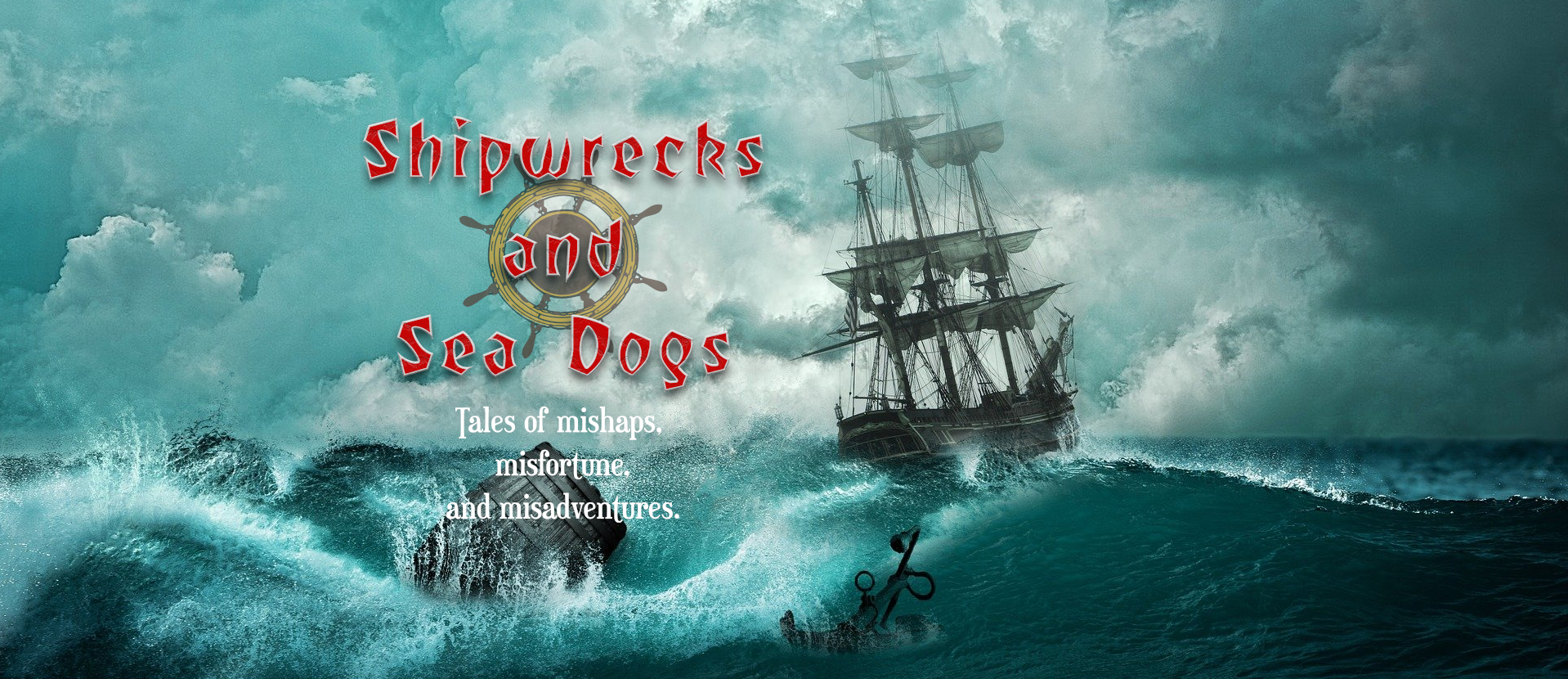On September 16, 1936, the three masted French barque Pourquoi Pas was sunk off the southwest coast of Iceland near Álftanes. The ship was built in 1908 at Saint-Malo for an Antarctic expedition led by Jean-Baptiste Charcot. The impressive ship was sturdy and strong, designed for polar expeditions, and was equipped with a motor, three laboratories, and even a library.
Charcot took the Pourquoi Pas on his expedition from 1908-1910 while spending winters at the Antarctic Petermann Island. During his expedition he made scientific discoveries, mapped Alexander Island, and discovered a new island which he names Charcot Island. He returned to France in 1910.
From 1918 to 1925, Charcot took the Pourquoi-Pas on several missions in the North Atlantic, the English Channel, the Mediterranean and the Faroe Islands, gathering scientific data.
After 1925, an aging Charcot no longer commanded the ship, but continued on its Arctic voyages as the head of the expeditions. Aboard the Pourquoi Pas, Charcot eastern Greenland and collected samples of life that he found there.
In 1928 the Pourquoi Pas participated in the search for the lost French seaplane Latham 47 with the famed Norwegian explorer Roald Amundsen on board. The Latham 47 itself was searching for General Umberto Nobile of Italy who was attempting to cross the North Pole in a dirigible.
In 1934 Charcot was involved with a project in Greenland to study its indigenous people and their culture, headed by Paul-Émile Victor. Victor, along with Robert Gessain, Michel Perez, and Eigil Knuth, trekked from the east coast of Greenland to Angmagssalik on the east coast in just 44 days and lived among the peoples there. In 1935, Charcot, aboard the Pourquoi-Pas returned to Greenland to reconnect with Victor and other men, and he began the mapping the island. Later that year on September 16, the Charcot and Pourquoi Pas barely escaped a raging cyclone off the coast of island by taking shelter at a small port town.
In September of 1936, Charcot was returned from Greenland where he delivered supplies to Victor’s mission and did some additional surveying. On September 13th, the Pourquoi-Pas stopped at Reykjavík toreceive additional fuel, and departed for Saint-Malo on September 15th. The following day, September 16th, exactly a year after barely escaping, the ship was again caught in another cyclone and was wrecked on the reefs of Álftanes at Mýrar. Twenty-three crew were killed at the time of the wreck. Seventeen other survived the wreck but died before help arrived. Only one man survived, Eugène Gonidec, master steersman. Among the dead was Jean-Baptiste Charcot. Pourquoi Pas point and Pourqoui Pas Island were named after the ship.

The wreck site was discovered by a diver in the 1960’s but it was not publicized and was soon forgotten. In 1984, after the death of the diver who originally found the wreck, archaeologist Jean-Yves Blot rediscovered the wreck in 12m of water, laying flat on ocean floor. The strong currents has battered the ship to pieces. Artifacts from the wreck are housed in the National Museum in Reykjavik and the Musee de la Marine in Paris.

